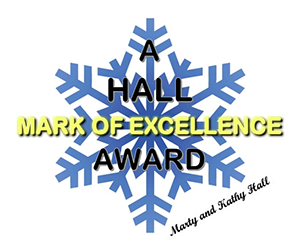 This coverage is made possible through the generous support of Marty and Kathy Hall and A Hall Mark of Excellence Award. To learn more about A Hall Mark of Excellence Award, or to learn how you can support FasterSkier’s coverage, please contact info@fasterskier.com.
This coverage is made possible through the generous support of Marty and Kathy Hall and A Hall Mark of Excellence Award. To learn more about A Hall Mark of Excellence Award, or to learn how you can support FasterSkier’s coverage, please contact info@fasterskier.com.
Johannes Hoesflot Klaebo (NOR) looks like he’s having fun: winning at will (and in multiple disciplines), crossing finish lines without having broken a sweat (no demonstrative sprawling in the snow at finish lines for Klaebo), waving to his hometown crowd. At the end of FIS World Cup Period 1, Klaebo looks to be in total control. But that’s not the way the season started . . .
Klaebo’s early season racing was marked by an uncharacteristic World Cup Sprint defeat and a lackluster distance performance in Ruka, Finland, followed by a withdrawal from the subsequent World Cup weekend in Gaellivare, Sweden. It was reported that Klaebo was recovering from an earlier bout of Covid, and he returned to Norway for extra days of recovery. For most skiers, such a (relatively) poor start to the season would be followed by weeks of re-adjustment, by nervous re-assessments of training programs, by struggles to return to form. Klaebo just shows up the following weekend and goes straight back to the top step of the podium, a trend that continued in Trondheim as Klaebo stormed to victory in the 10 k Classic Interval Start.
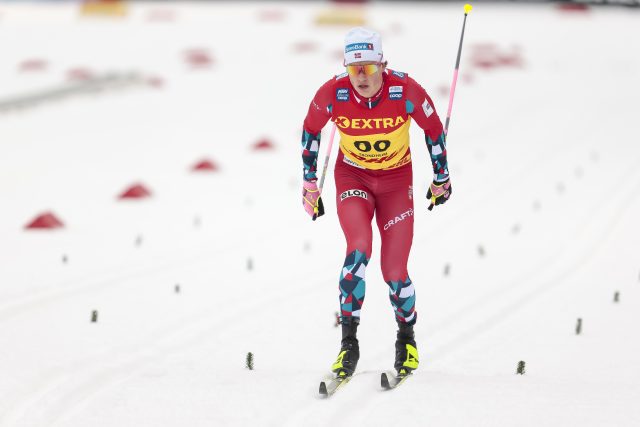
It’s astounding just how quickly Klaebo is able to regain his form. The guy can be out sick, out injured, out exhausted . . . yet he’ll come back only a week later and race right past the best skiers in the world. In post-race comments after Sunday’s race win, Klaebo remarked on his stellar performance. “My shape is way better now than it was at the start of season, that’s for sure,”” he said. “It was an amazing day, I guess.”
Klaebo was joined on the podium by his countrymen, Paal Golberg in second, and Henrik Doennestad in third.
Like Klaebo, USA’s Ben Ogden has continued to improve his distance racing performances throughout Period 1 of the World Cup season: 39th in Ruka, 25th in Gaellivare, and now eighth in Trondheim. It’s a confidence-building trend that he hopes to continue.
“I was feeling tired going into [Saturday’s] Skiathlon,” said Ogden. “So I was pretty proud to take a good result home from that one, to be confident in my fitness, to come into today’s race with some expectations, and then be able to deliver. That felt good, but I’m definitely tired and ready for some chill days over the holidays.”
Other American finishers in Trondheim included Zanden McMullen 29th, Gus Schumacher 31st, Luke Jager 40th, John Steel Hagenbuch 46th, Scott Patterson 47th, and Kevin Bolger 65th. Canadian finishers included Antoine Cyr 38th, Olivier Leveille 43rd, Xavier McKeever 61st, Leo Grandbois 69th.
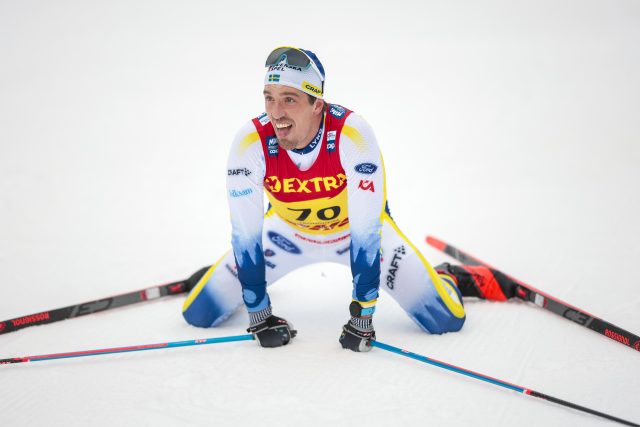
Men’s 10 k Classic
Trondheim’s sky was a featureless gray. Old snow lay flat and wet, humidity hung in the air, eaves dripped, and what few fans were present in the grandstand sat on their hands and watched in silence as the world’s best skiers raced by. The whole thing felt like a strangely anti-climactic way to conclude a fantastic weekend of exciting World Cup racing. But such is the nature of the weather, the atmosphere, and the season in coastal Norway. Even so, this is also the land of cross country skiing: when a World Cup event is staged in Norway, it’s even more difficult for any athlete to ski into the top ten. Host nations are allowed increased numbers of race entries, and the results in Trondheim continued to demonstrate the tremendous depth of Norwegian skiing as nearly every Norwegian entrant has proven capable of challenging for the podium. In the 10 k Classic, it was another relatively unknown Norwegian—Doennestad —who proved his class by leading at all the early checkpoints of Trondheim’s 11 kilometer course (it was listed as a 10 k, but the course actually consisted of two 5.5 k loops). Doennestad would remain in the leader’s chair until the arrival of 2023 World Cup Distance Crystal Globe winner, Paal Golberg. But, ultimately, the day—and the weekend—belonged to Klaebo who built his speed throughout the 11 k distance to take the victory by 17.7 seconds over Golberg.
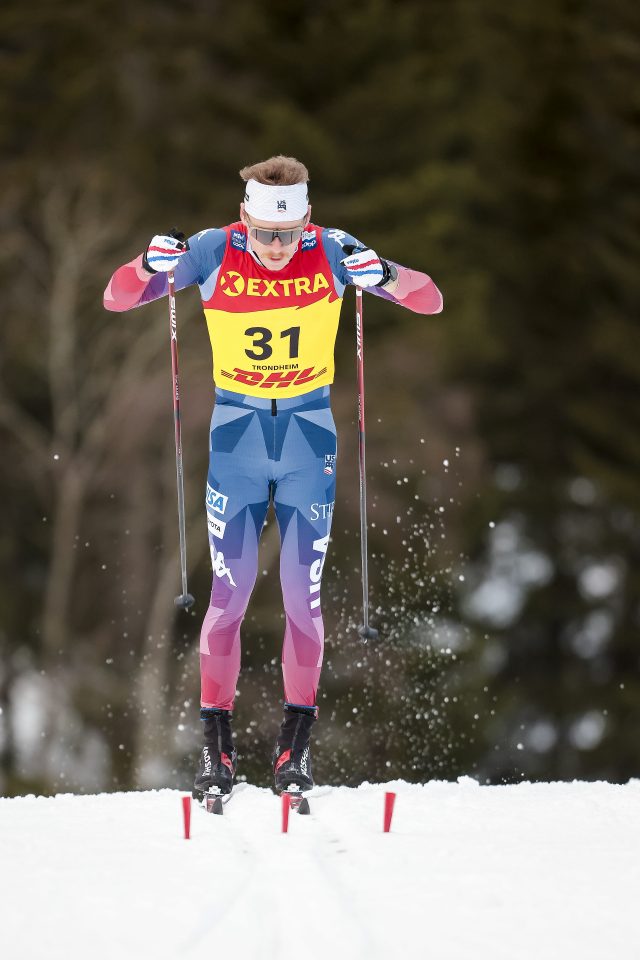
Ogden spent the summer working on his double pole. It seems to have paid off. One of the few non-Norwegian athletes managing to squeeze into the Norway-dominated top ten, Ogden’s Trondheim 10 k Classic was an exceptional performance, though not his career-best (having finished sixth in a 10 k Classic event in 2023’s Tour de Ski).
In mid-summer conversations with FasterSkier, Ogden described a plan to overhaul the philosophy of his double pole. He described races in the past (especially sprint finishes) in which his double poling became rushed, panicked, inefficient. His goal, then, was to learn to trust his own technique, to commit to power rather than tempo, to believe in smooth strength rather than frantic flailing.
“Early in the season it’s easy to be frantic,” admitted Ogden. “But with each passing race I get a little more comfortable with the power instead of the tempo. I think it’s a step in the right direction. I wouldn’t say I’m 100% there, but definitely feeling pretty good. It’s something I think about during races, for sure.”
Now, the World Cup Tour begins a two week break, athletes resting and recovering through the holidays, and re-convening in Toblach, Italy on December 30 for the beginning of the 2024 Tour de Ski.
Men’s 10 k Classic Interval Start SPLITS
Men’s 10 k Classic Interval Start RESULTS
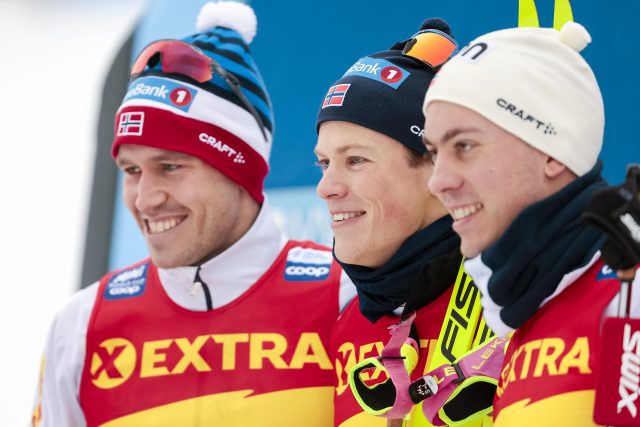
John Teaford
John Teaford—the Managing Editor of FasterSkier — has been the coach of Olympians, World Champions, and World Record Holders in six sports: Nordic skiing, speedskating, road cycling, track cycling, mountain biking, triathlon. In his long career as a writer/filmmaker, he spent many seasons as Director of Warren Miller’s annual feature film, and Producer of adventure documentary films for Discovery, ESPN, Disney, National Geographic, and NBC Sports.



